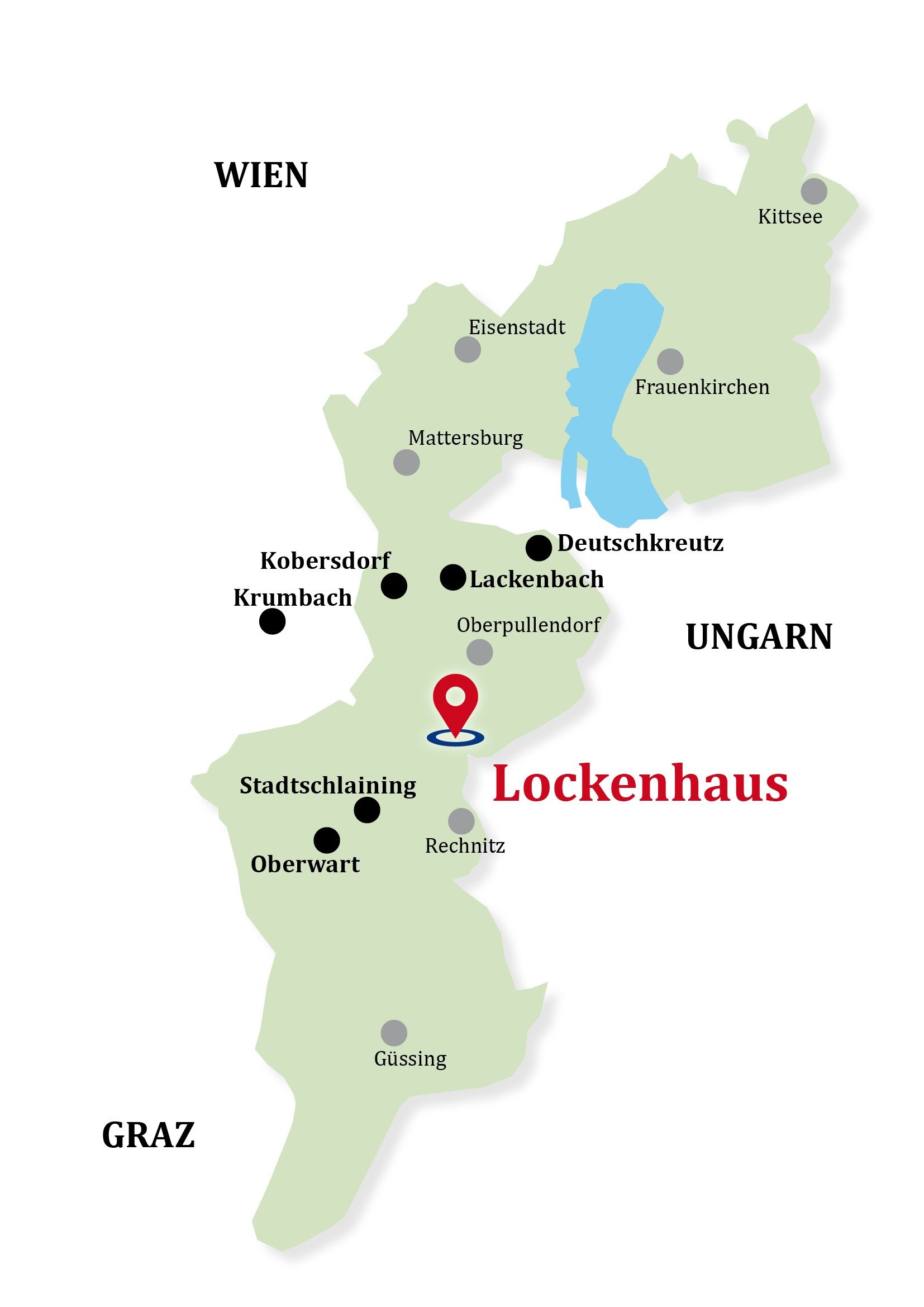History
From the few available sources it is difficult to document the history of the Jewish population of Lockenhaus comprehensively. By chance - in files or even on the Internet - one can find informations that gradually shed a little more light on this sad history. Continuing the research or memories from the grandparents' stories could help to find out more.
In 1992 the community of Lockenhaus published a commemorative publication of Lockenhaus on the occasion of the 500 year anniversary celebration. The historian Denise Steiger wrote an article for this commemorative publication which, for the first time, told the Jewish history of Lockenhaus more closely and historically well researched. This article "Das jüdische Leben in Lockenhaus" (The Jewish Life in Lockenhaus) was slightly revised and updated for the memorial project 1938.2018 Shalom. Nachbar, which took place in 2018.

History can also be experienced in personal narratives. Gertraud Horvath's story "Anna und Johanna" and Robert Meir Blum's text "Familienwurzeln" (Family roots) give a very personal view of Lockenhaus's Jewish history. They describe the Jewish everyday life in Lockenhaus, the normality of living together before 1938 and thus document a small insight into the Jewish history of Lockenhaus. A special "treasure" is the touching letter from Theresienstadt written by Gertrude Stössel, the "Letter from Gerty". The story about it, "A postcard from Gerty" was written by Yonit Blobstein, Itzchak Stössel and Tamara Schrems-Agia, the daughter of Elli Rosner - the recipient of the letter.
The diploma thesis of the historian Mag. Thomas Ziegler deals with the actor and Hollywood star Ludwig Stössel, who was born in Lockenhaus.
A brief historical insight is provided by the documentation booklet of the project 1938.2018 Shalom.Nachbar and Robert Meir Blum also writes in "Familienwurzeln" about the history of the Jewish population in Burgenland:
"Burgenland, das östliche Gebiet von Österreich, war für die Juden ein verhältnismäßig ruhiger Teil dieses Landes, und stand unter der Verwaltung der Fürsten Esterhazy. Es war dies beinahe ein Staat im Staat. Sie nahmen die Juden unter ihren Schutze und in Zeiten von Unruhen oder Kriegen fanden sie Zuflucht in den dortigen zahlreichen Burgen. Diese Fürsten machten das natürlich nicht aus reiner Nächstenliebe, sondern für diesen "Schutzdienst" mussten die Juden eine hohe Schutzsteuer jährlich zahlen, welche für die meisten Familien eine schwere Last war. Die Juden lebten aber in einigermaßen ruhigen, geregelten Verhältnissen und die jüdischen Gemeinden Burgenlandes, bekamen auch das Recht der Selbstverwaltung." (Robert Meir Blum)
More about the seven communities (Schewa Kehilot) and the Jewish Burgenland:
Burgenländische Forschungsgesellschaft
Österreichisches Jüdisches Museum